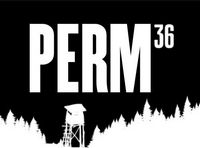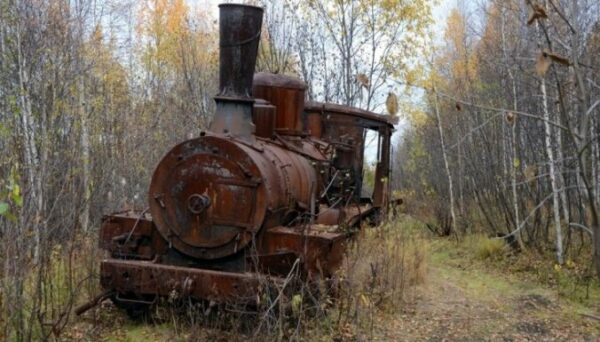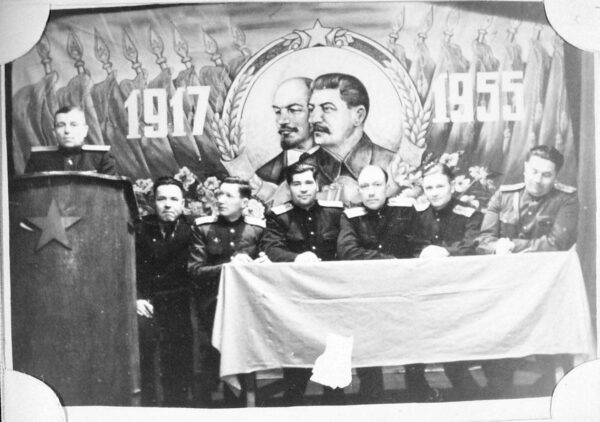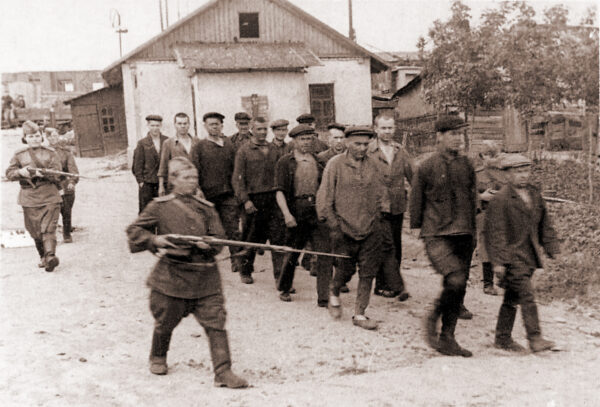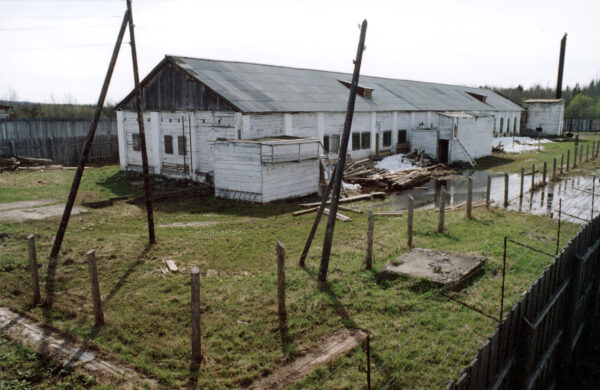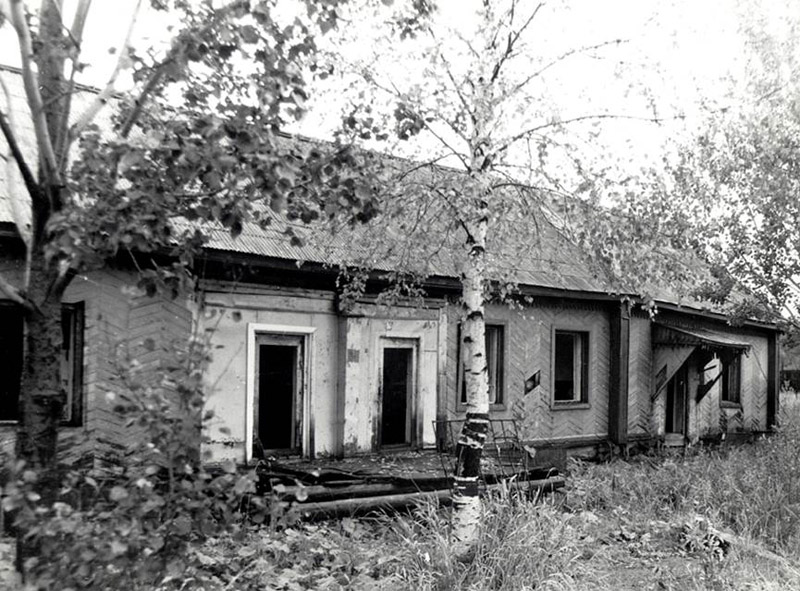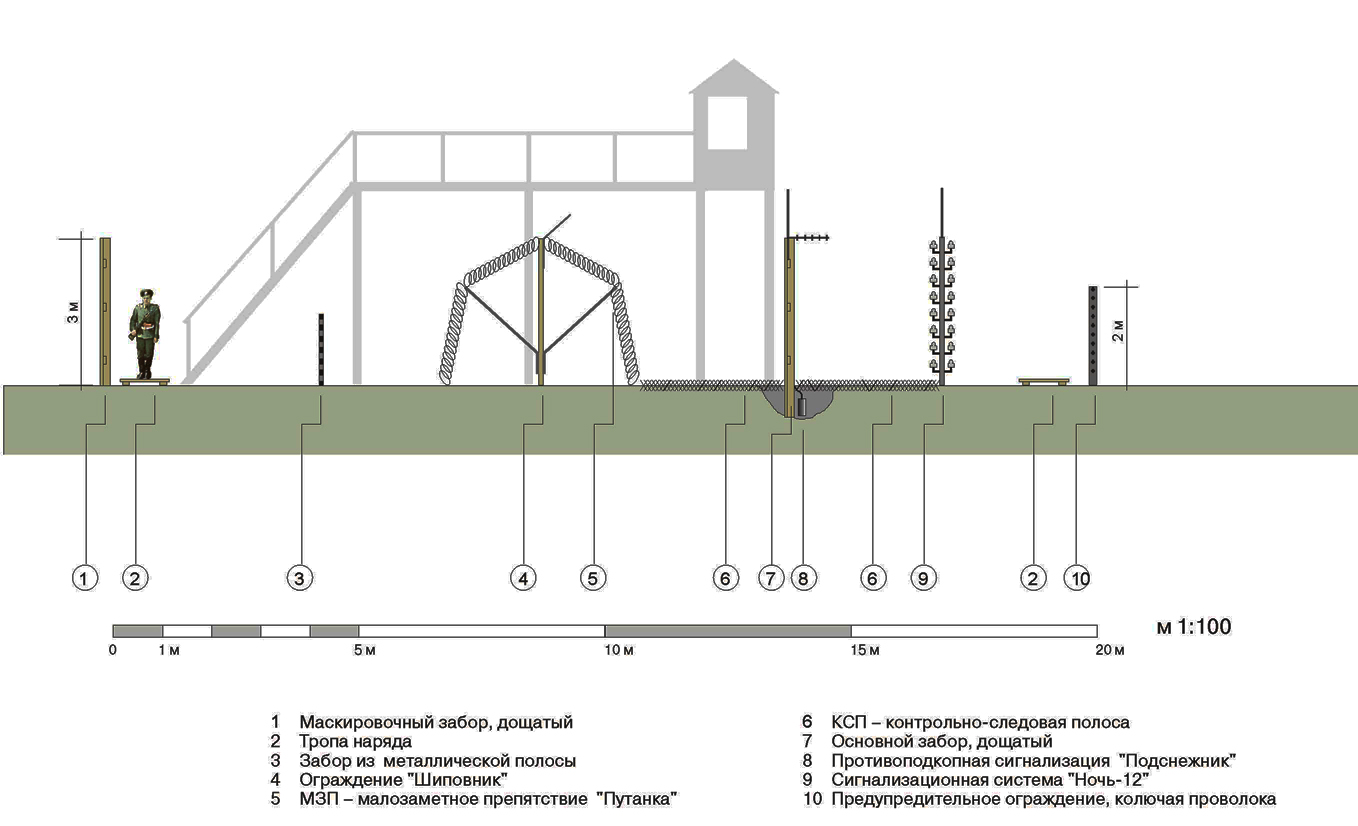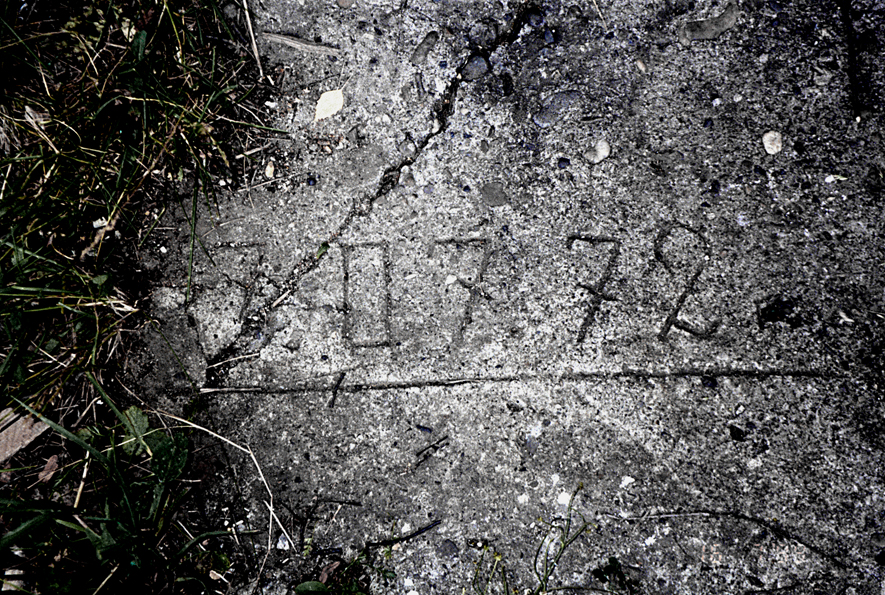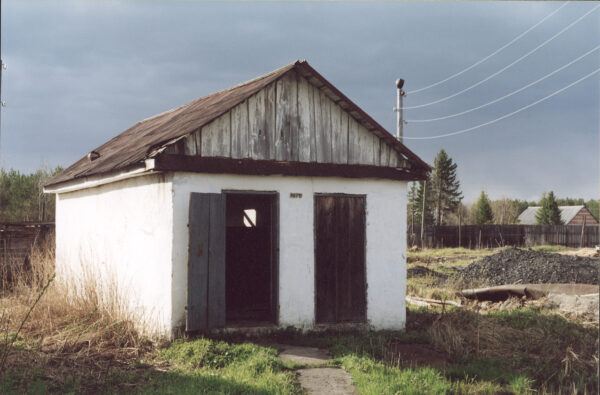ITK-6 from 1953 to the beginning of the 60s
The Gulag began to shrink the very next day after the official date of Stalin’s death. On March 6, 1953, an order was signed to stop the three largest constructions of the Gulag – a transpolar railway line from the Barents Sea to the Sea of \u200b\u200bOkhotsk and Chukotka, nicknamed the “Dead Road”, a tunnel under the Tatar Strait from Cape Lazarev on the mainland to Cape Pogibi on Sakhalin and the Great Turkestan Canal from the Amu Darya to the Caspian Sea; and on 27 March an amnesty was declared, releasing over a million prisoners. A large number of colonies and camp departments were liquidated in the shortest possible time; liquidated camp zones were abandoned, and where it was not possible to take them out in a short time – along with equipment and materials.
But LO-6 was not abandoned. Already in the autumn of the same 1953, a new contingent appeared in it – convicted law enforcement officers: former employees of the Ministry of State Security, the prosecutor’s office, the police and the camp administration, accused of falsifying cases and other professional abuses. On July 1, 1954, there were already 469 of them. We do not know the personal composition of the prisoners of that period, its archives are completely inaccessible, but according to individual remarks in the protocols of party meetings that mentioned colonels and generals among the prisoners, as well as special procedures in the colony at that time, we can assume that these were mainly middle-level leaders camps, courts, prosecutors and police, which fell under the purge after the arrest and execution of Beria. The camp was popularly called “Cop Zone”.
These were the special rules. When in 1961 a television center began to function in Perm, one of the first televisions in the area appeared in the camp club, for which an unusually high mast with an antenna was installed that received a signal from Perm at a distance of 80 km. In the same year, prisoners were shown 18 films in two months, including 9 foreign films, while ordinary prisoners were allowed 2-3 films a month. Some prisoners were granted personal visits more frequently than was instructed. Prisoners were allowed to visit the village club outside the camp, and on weekends they were given leave as a reward.
In 1956, the prisoners refused dinner, because instead of the traditional pink salmon, cod was prepared for them. After the camp uprisings and mutinies of 1953-1954, which usually began with such private conflicts, such collective protests by prisoners were immediately reported to Moscow. Cod was removed from the ration and the employee who allowed it was punished.
Hard work at the logging site was replaced by timber processing, for which a large workshop with a set of woodworking machines and a sawmill was built half a kilometer from the camp, on the territory of a former rafting ground. However, refusals to work and cases of disobedience were almost a common practice. The camp commanders had the rank of senior lieutenant or captain, and among the prisoners were not only former colonels, but even generals. The internal discipline of this period is most clearly characterized by the officially recorded fact that the prisoners beat the head of the camp.
On December 8, 1958, the Regulations on Correctional Labor Colonies and Prisons were adopted, according to which all camps began to be called colonies. Moreover, the very word “camp” began to become obsolete, it was officially banned from use in the press. LO No. 6 again became ITK-6. But this replacement did not take root among the people, and in everyday life the camps were still called camps.
ITK UT-389/6 from the early 1960s to 1972
In the early 60s. in all the republics of the USSR, new criminal codes came into force, and amendments were made to the existing corrective labor codes and internal regulations, which unified the activities of all correctional labor institutions in the country. By this time, almost all the prisoners, the former big bosses, left ITK-6 in one way or another, and its contingent was gradually renewed again. Most of it was made up of privates or ranks of the junior and middle commanding staff of law enforcement agencies, convicted of ordinary criminal offenses: theft, bribery, bodily harm, murder. There were many police drivers among them – the perpetrators of traffic accidents with victims, etc.
ITK-6 became known as ITK UT-389/6, where the cipher UT-389 denoted the Perm Department of Correctional Labor Institutions (UITU). The camp buildings practically did not change, only the old barracks were periodically repaired, and a department for bedridden patients with ten beds was attached to the first-aid post. This whole building, which was called from that time the medical unit, was sheathed with a herringbone tare board, the repaired watch in the transition between the living and working areas, which was called from that time the “room for searches”, was sheathed with the same “herringbone”. There were flower beds in the camp.
At the same time, much attention was paid to the system of security fences – among the prisoners there were many young, trained men who, in addition, knew well the construction of conventional fencing systems, the orders and rules of security, and therefore were especially dangerous in the event of an escape. Therefore, these systems were constantly improved: plowed control and trail strips, wide restricted areas, shot from towers, and signaling systems appeared.
For the same security reasons, there was no logging site in the camp: the camp could not provide sufficient and reliable convoy for the forest plots. Logging was carried out by prisoners from two forest areas, probably ordinary criminal prisoners. And although another production zone with a timber workshop and a sawmill was organized away from the camp, there was not enough work for all the prisoners and this was a big problem for the camp administration.
At the beginning of the summer of 1972, an unexpected order was received – to transfer the entire special contingent to the colonies for convicted law enforcement officers of Nizhny Tagil and the Mari Autonomous Soviet Socialist Republic, and to prepare ITK-6 to receive a new contingent.
In ITK-6, one of the four barracks built in 1946 was demolished and a brick headquarters building with a camp club was built in its place, and next to it was a common brick unheated toilet (previous prisoners used the toilets in the barracks). In addition, concrete paths were recast and camp fences reinforced. In July, the camp was ready to receive a new contingent…
